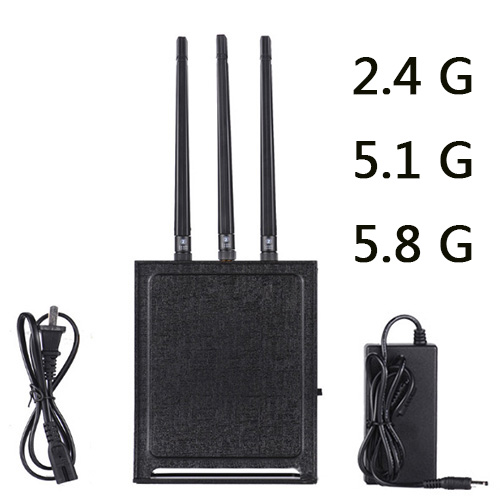The DroneGun of the jammer can force the drone to return to the operator or land safely. It does this by sending signals to GPS signals that inform the drone or interfering with radio signals between the operator and the drone. When the radio signal is lost, the drone will automatically return to the operator. When both GPS and radio signals are lost, the drone will automatically enter a safe landing mode.
In fact, interference may also be a test bed for new anti-jamming technologies being developed, and it is in the air. As the function of preventing the use of GPS becomes easier and cheaper, the military is eager to develop new systems that enable aircraft, drones and missiles to eliminate interfering signals.
About two months ago, the jammer market introduced a third military drone jamming system called DroneGun Pro, which uses five different sensor technologies to detect and track drones. It is also equipped with jammers that can shoot down drones. Warnick said that there are multiple interceptors and it can handle countless drones. But like DroneGun, it can only be used by federal military and security agencies.
Even due to advances in radar technology, the B-2’s radar cross-section has become more obvious, and has accurate detection positions and meshing of the “threat ring” around the enemy launcher and the site. SAM will remain small. As a result, these asset types will continue to have room to navigate these loops without having to resort to defensive interference that might reveal their location.

Jammer-mart Advanced Defense Systems provides drone signal jammer, which is called “a new end-to-end defense solution designed to detect, identify, track and neutralize drones.” The UAV jammer is essentially a radar/radio jamming system that can provide defense for strategic targets with a radius of 3 kilometers. The system may interfere with signals from large drones to micro/nano drones, which, according to the company, may be used by terrorists. There is Drone Jammer under the hood, which has RPS-42 radar, MEOS electro-optical sight and C-Guard RD broad-spectrum signal blocker.
The system combines sensor data from different sources with the latest data fusion, signal analysis and interference technology. It uses radar, optical sensors and other sensors to detect and identify drones, and assess its potential threats within a range of hundreds of meters to several kilometers based on the type of drone. Based on an extensive threat database and real-time analysis of control signals, the jammer disrupted the connection between the UAV and the pilot and/or its navigation. The “Xpeller” modular system concept selects a single device from the product series based on customer needs and local conditions.